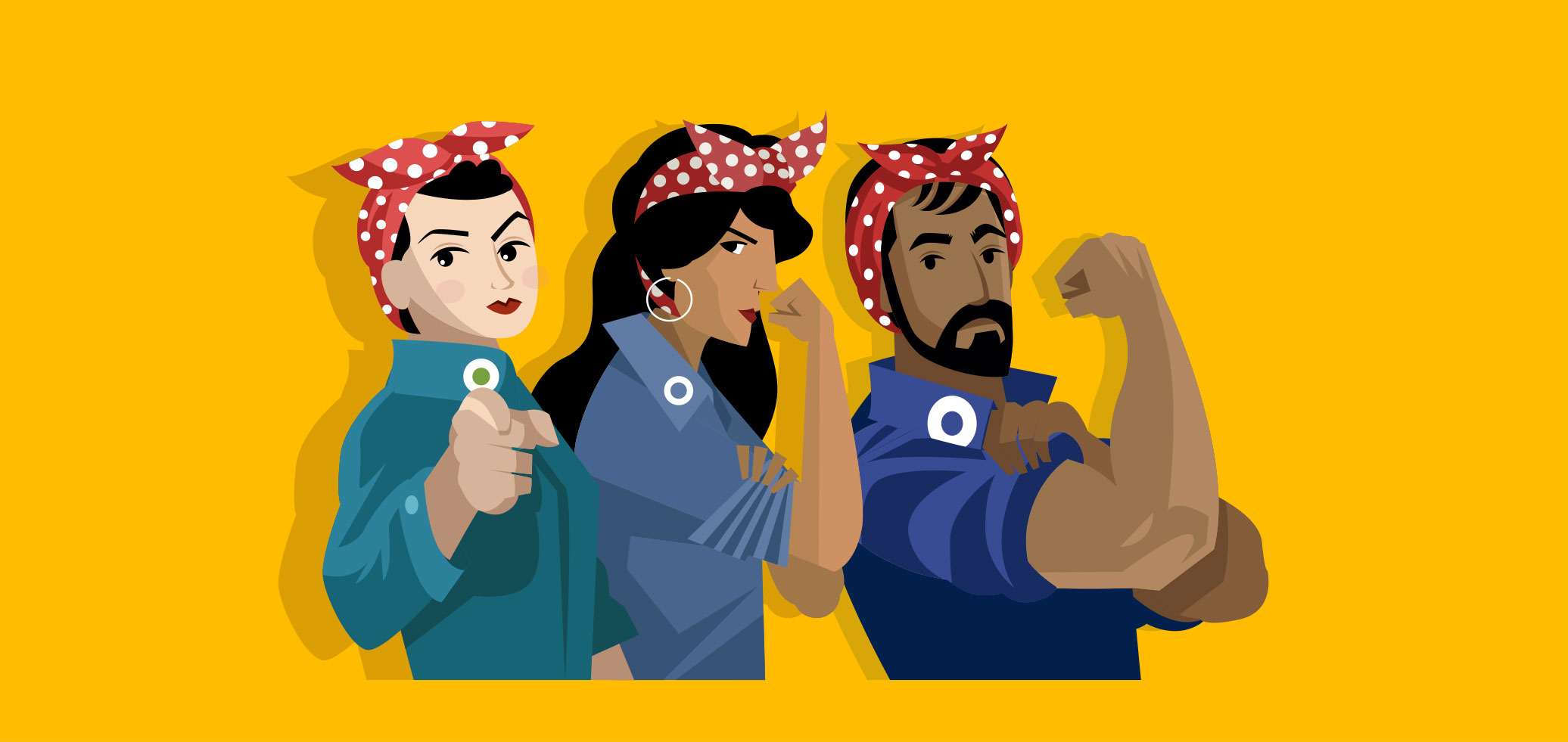In 2020, the world changed. A global health crisis brought existing inequities into sharp relief, and the racial justice movement in the US has continued to shake the shoulders of corporate America. With these two massive social wake-up calls, we’ve seen a dramatic shift in how many companies are approaching equity and the very concept of “impact” in their citizenship and CSR programming.
In the US, we’ve seen a heightened focus on corporate accountability in the past year and a half from consumers, shareholders, and employees. What are you, our corporate readers, doing to create inclusive, diverse, and anti-racist work environments? How are you investing in your communities to address the needs of BIPOC communities and businesses? How are you influencing policy to advocate for equity? Does your mission, your brand and your marketing reflect your values? If we look at your environmental, social and governance (ESG) approach – does the “S” align with your “G”?
From a corporate citizenship perspective, this focus on accountability has turned an internal spotlight on the role of employees, particularly employee engagement. Citizenship has always been part of employee engagement, but it is, up until recently, rarely seen as the way to engage employees. I think in the coming year, we’ll start to see what’s possible when citizenship is, in fact, the main way companies engage employees. The barriers between individual activism and workplace engagement are breaking down – and we’re seeing trends that reflect this. Companies are [CECP Giving in Numbers, 2020, p.10]:
- Stating company purpose and using the company voice to speak publicly and within the company on racial issues.
- Increasing grant making, matching-gift budgets, and programs for social justice, racial equity, and police-reform organizations even if they have never previously done so.
- Exploring new equity-based models for engaging with non-profit partners.
- Ensuring employee engagement and Employee Resource Groups reflect equity.
- Partnering in significant ways between corporate responsibility teams and Human Resources.
- Leading an antiracism response from the top through senior leadership.
- Adapting to racial equity by geography, given that language and issues differ around the world.
These are all progressive moves (we love to see it). But what does this mean for citizenship practitioners? It means change – sometimes lots of it. What if your corporate purpose is a social purpose? And let me be clear: I’m coming at this from a measurement angle. How are you translating a social mission into something actionable, time-bound, and authentic? How can employee volunteers contribute at a business unit or local level with the understanding that their work is part of something bigger?
It’s a complex ecosystem, and often underappreciated as such. We’re no longer stuck in the trenches of “giving back” culture and time-bound giving campaigns – we’re moving away from it. Just like we’re moving away from participation and event numbers being the only way to demonstrate value, because they certainly don’t tell a compelling impact story. Participation and event numbers help us make better decisions, but they don’t elevate what we’re really trying to achieve with employees. Authentic impact happens over time and we must act and track against it. As we work to engage employees in this new world – to create actionable opportunities for authentic social impact – the balance to strike includes:
- Creating a clear, cause-focused narrative that employees know and can articulate.
- Ensuring points of entry to social impact for employees at different levels of experience – this means:
- A range of volunteer leadership opportunities – from general to skills-based, short and longer-term
- A range of participation opportunities – if employees don’t want to lead, how can they participate?
- Cause-focused partnerships with key grantees or partners as well as employee choice opportunities – this accounts for community partnerships with higher levels of investment as well as the partners employees want to work with outside of a company’s signature focus.
- Creating and maintaining a strong volunteer leadership network of intrinsically motivated employee volunteers.
- Aligning the volunteer leadership network with existing employee networks – for example, there’s a heightened focus right now on DEI and the crossover between that work and social impact at companies. How is your approach to social impact integrated with the activities of ERGs, social committees, HR partners, etc.?
- Providing a goal-setting framework that showcases the overarching goal (again, time-bound, actionable, authentic) that is also flexible – employee volunteer leaders should be able to translate the “big goal” into activities and initiatives that suit the employee population in that location, and practitioners must provide the support that enables this.
- Ongoing learning opportunities – as employees move more into “activist” roles, what do they need to know to be sensitive to issues central to work with nonprofit partners and their beneficiaries?
- Great storytelling comes with a cohesive approach to measuring impact. Defining impact to be actionable, time-bound, and authentic and creating a measurement framework that accounts for these principles generates good stories.
These are just some of the ways you can start changing and preparing to meet the needs of a changed world – with purpose, and with authentic impact at the heart of everything you do. How do you do all this? Get in touch with us here at Realized Worth and we’ll help you figure out what works best for your company and its employees.






